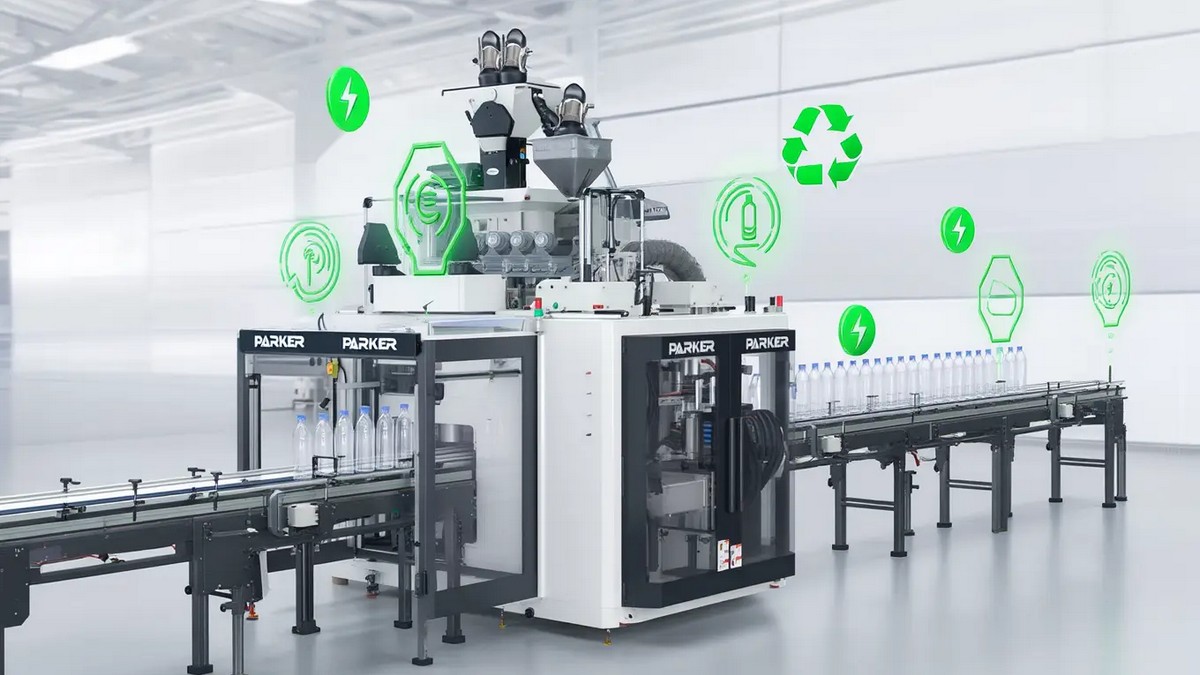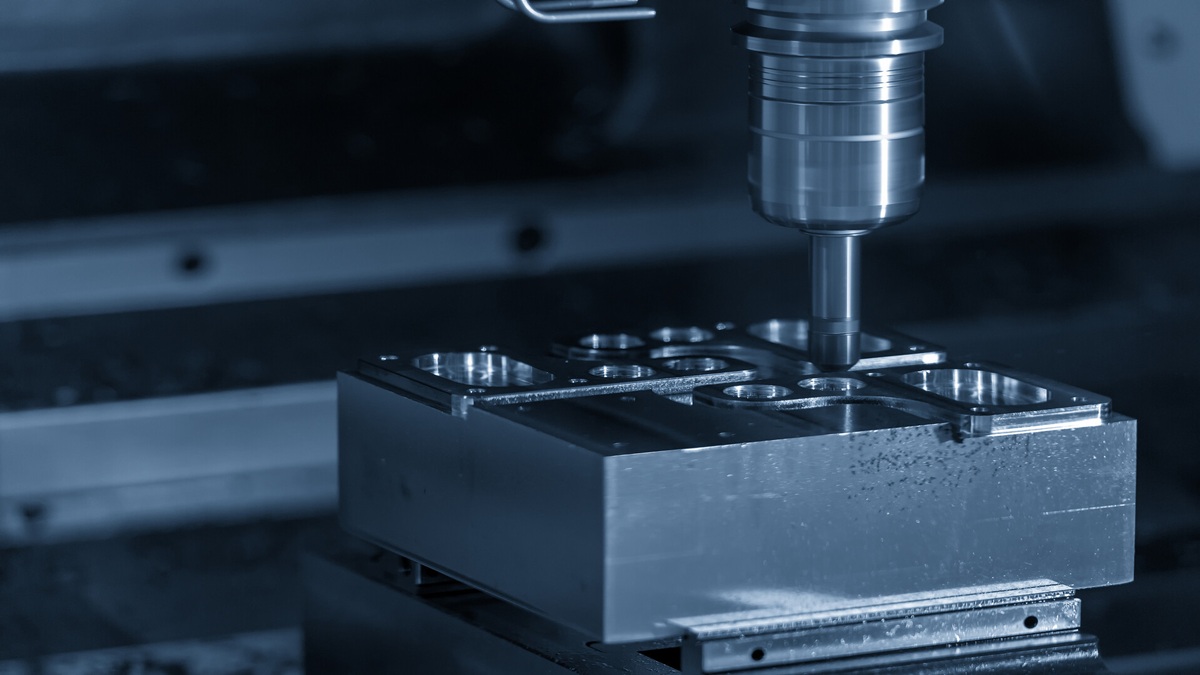Although the share of manufacturing in Japan's GDP has declined in the past few decades, Japan still has a very large manufacturing base. In addition, Japanese manufacturers have extensive global connections, especially in Southeast Asia, many of which have substantial operations in countries such as Thailand.
Japan's Manufacturing and Machinery Industry
Japan is one of the global leaders in the manufacturing machinery and automotive industries. Japan materials and manufacturing industries include four different fields: machinery, oil and gas, forest products, and metals and mining. Japan has a large and highly advanced manufacturing industry. Manufactured products from Japan enjoy a high reputation for their high quality, durability, and sophistication. Japanese automakers such as Toyota, Honda, and Mitsubishi are among the largest automakers in the world, and Japan is the world’s third-largest automaker.
Machinery as the largest industrial field
Japan is a major supplier of various machine products and components. Because of its innovation and precision, Japanese machinery is considered to have high-end quality standards. This has led to a highly competitive and exciting market and has produced some well-known industry giants. It is Japan's technological prowess that provides it with some of the most efficient and effective industrial frameworks and outstanding manufacturing capabilities. Japan’s main industries are steel production, chemicals, electronics, and shipbuilding.
Although the share of manufacturing in Japan's GDP has declined in the past few decades, Japan still has a very large manufacturing base. In addition, Japanese manufacturers have extensive global connections, especially in Southeast Asia, many of which have substantial operations in countries such as Thailand.
Japan does not rely on low labor costs to maintain its competitive advantage in manufacturing. On the contrary, Japan relies on innovative product design, high-quality standards, and a world-class manufacturing workforce to remain competitive. Australian manufacturers who want to develop innovative products and produce them to the highest standards, may find what they are looking for in Japan, and take advantage of Japan's excellent infrastructure and international trade links throughout Asia and other regions.
Manufacturing focus areas:
In terms of nominal GDP, Japan ranks third and is one of the largest producers of automobiles and consumer electronics. But because China is one of the main competitors, Japan faces challenges. Due to the high local costs in Japan, the re-support of the manufacturing process has harmed the market. Outdated machines have led to replacement orders for the entire industry, adversely affecting the reputation of the industry. The Japan manufacturing industry needs strong industrial backing to consolidate its position as a supply base. In addition, Japan needs increased demand from emerging countries, which will boost production.
What are the main industries in Japan?
-
Automotive Manufacturing
Japanese annual automobile production is about 10 million vehicles or 160 billion euros. Toyota owns 30% of the Japanese domestic market, Honda has 14%, and Nissan has 11%. Renault, Mitsubishi, Toyota, Suzuki, Mazda, and other auto brands continue to survive in the industry. It is expected to lead the export and technological development of Japanese industries in the CASE (Connected, Autonomous, Shared, Electric) era. In addition, the automobile manufacturing industry is exploring new markets for MaaS (Mobility as a Service).
-
Electrical and Electronics Industry
Eight major electrical product manufacturers, including Hitachi, Toshiba, Panasonic, Sony, Mitsubishi, Fujitsu, and NEC, have combined yearly sales of approximately 360 billion euros. They are rapidly adjusting their business areas through selection and centralized strategies. The equipment industry sales of major manufacturers such as Kyocera, Murata, TKD, and Omron exceed 80 billion euros, and there is great demand for smartphones, automobiles, and other industries. The selection and concentration of businesses in the electrical and electronic industry are advancing, and profits are expected to improve. In the electronic equipment market, with the widespread application of 5G, new demand for automobiles and industrial equipment is expected to expand.
-
Construction industry
The Japanese domestic market exceeds 470 billion Euros. The 2020 Olympic Games-related demand has been Japan's largest industrial sector. The industry is executed by the cooperation of 5 super general contractors. The market continues to have demand for new buildings or infrastructure renovation, and the industry will face the problem of overcapacity and labor shortage.
-
E-commerce industry
Sales for the domestic e-commerce industry in Japan exceeded 15 billion yen. Major participants include amazon.jp, Rakuten, and Yahoo. Mercari is rapidly expanding its business through auction-free market sites. The market is expected to grow by 8% to 9% in the next few years. Through the improvement of new technologies and artificial intelligence, the emergence of new services or new players is expected to drive the market.
-
Chemical industry
Mitsubishi Chemical, Sumitomo Chemical, Mitsui Chemicals, and other chemical industries have accumulated an annual market of 240 billion euros. Facing fierce competition with China manufacturers, Japanese manufacturers are turning to functional products such as high-performance plastics or battery materials. Chemical demand for high-performance plastics and battery materials is expected to increase. Biodegradable plastics are being developed to deal with the serious marine pollution caused by microplastics.
Manufacturing location:
As the economy is dominated by service industries and manufacturing, Japan’s economic activities are mainly concentrated in Japanese cities.
- Northeast: In addition to semiconductor, automobile, and medical equipment manufacturing, renewable energy is being promoted as the future growth engine of the region. Large cities in Tohoku include Sendai, Akita, Aomori, Fukushima, Morioka, and Yamagata.
- The central part, bordering the Kanto and Tohoku regions, is home to many advanced manufacturing industries in Japan, especially near Nagoya, the region's largest city and home to automobile giant Toyota. Central Japan accounts for 15% of Japan's GDP and produces about 25% of finished products.
- Shikoku is the smallest of Japan's four main islands, accounting for approximately 5% of the country's land area. Value-added activities such as agriculture, fisheries and aquaculture, and food processing are important contributors to the local economy. Shipbuilding, electronics, and papermaking are important secondary industries, while nanotechnology and biotechnology are growth areas.
Analysis of Japanese Manufacturing
What are the main trends in Japanese manufacturing?
The manufacturing trend is to produce more high-performance, high-quality core products, which are an important part of the international production collaboration ecosystem. For example, Japanese manufacturers account for 80% of the high-purity hydrogen fluoride used in radio frequency equipment installed in semiconductor manufacturing and many smartphones. In addition, it is expected that progress will be made in the development of products that meet market needs through big data and artificial intelligence analysis.
What are the main innovations in Japanese manufacturing?
Traditionally, Japan has been manufacturing high-quality products by skilled workers with many years of experience. However, due to aging and labor shortage, this manufacturing technology is facing a crisis, and artificial intelligence and machine learning manufacturing methods are underway.
What are the main challenges facing the Japanese manufacturing industry?
While IT giants such as GAFA are promoting the development of new products based on big data and AI, most major Japanese manufacturing companies are afraid to become subcontractors of these giant companies, and urgently need to develop products on their own, or obtain technology from abroad, to more effectively produce these products to meet market demands. On the other hand, due to the declining birth rate and the aging population, labor shortages have been severe year by year, requiring the use of artificial intelligence or production robots and increasing the number of migrant workers.
What are the main opportunities for Japanese manufacturing?
In the automobile manufacturing industry, which is a major industry in Japan, there are many related industries including parts and materials. For automobiles to meet the requirements of CASE, huge industries such as electronic components and lithium-ion batteries have obtained excellent opportunities to develop new technologies and products and supply them to the market.
The future of Japanese manufacturing
Under high-end products, the focus areas include manufacturing robots, airplanes, and vehicles. Advanced components include carbon fiber and fine chemicals. This will provide the impetus for concentrated growth within the industry. To maintain its global competitive advantage, Japan launched the IVI, also known as the Industrial Value Chain Initiative. The purpose of the plan is to connect factories and ensure that the country's industrial standards remain at international levels. With the launch of IVI, major industry players set technical standards and revolutionized production to improve efficiency.








.jpg)
.jpg)
.jpg)

.jpg)

點-m-90454917_m.jpg)